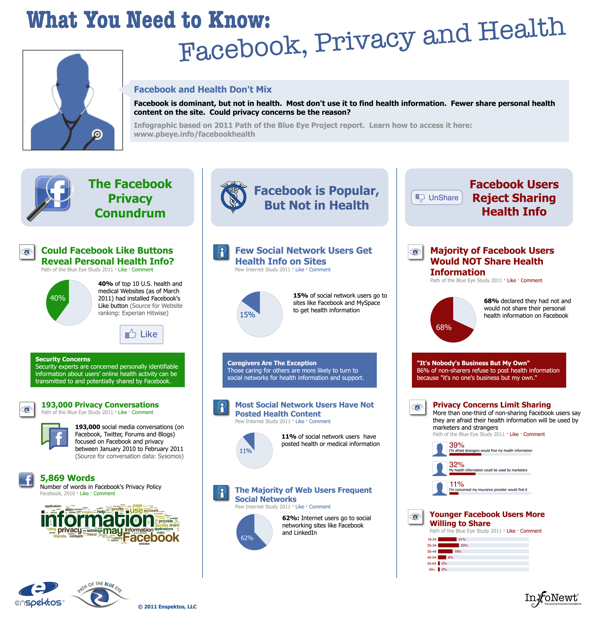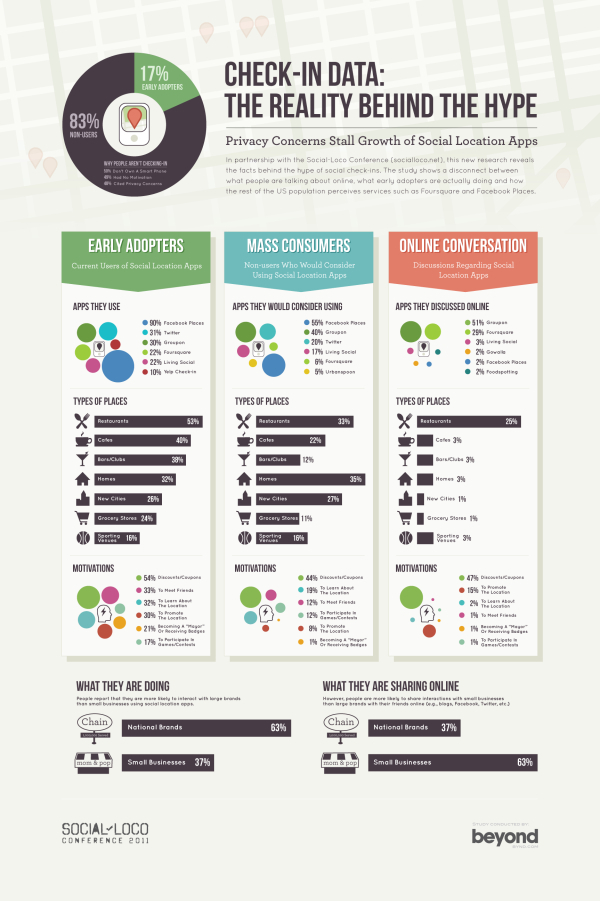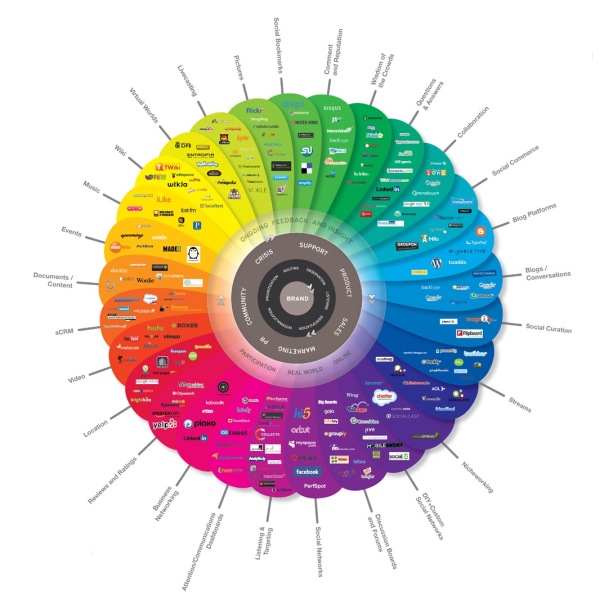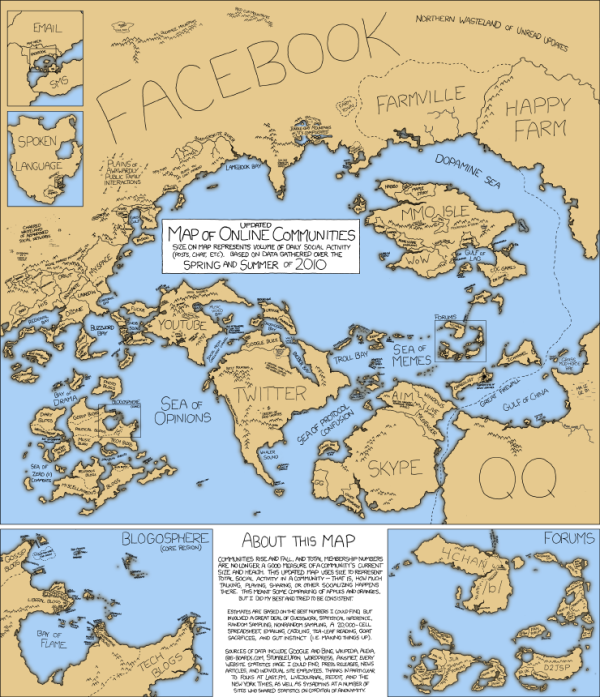Client Infographic: Facebook, Privacy and Health
For the Path of the Blue Eye Project, InfoNewt (my company) recently designed the infographic: What You Need To Know: Facebook, Privacy and Health. The group at the Path of the Blue Eye Project has done some fantastic, primary research about online users’ willingness and attitudes about sharing health information online, and specifically Facebook.
The answer is overwhelmingly “NO”.
If Facebook is so popular (Pew reports that 62% of Web users frequent sites like Facebook and MySpace), why are people shying away from sharing health content with others on the site? To answer this question, the Path of the Blue Eye Project commissioned a national survey designed to tease out some of the reasons why Americans are reluctant to exchange health information on Facebook. We found:
- 68% of Facebook users have not and would not share their personal health information on the site. The most commonly cited reason for refusing to share: “it’s no one’s business but my own (86%).”
- Privacy concerns may be one reason many refuse to share. 39% of non-sharers were afraid strangers would find their health information and 32% worried marketers might use it to sell products and services.
Online users do a lot of searching for health information, but very few are willing to share any of their own information on social sites like Facebook.
The Facebook Privacy Policy is huge, and most of the concerns why oline users are unwilling to share online information have to do with unintended people finding their information. Insurance companies, marketers and strangers top the list of concerns.
Thanks again to Fard and the team at Enspektos.com. There’s much more information available at the Path of the Blue Eye Project.









 Randy
Randy












